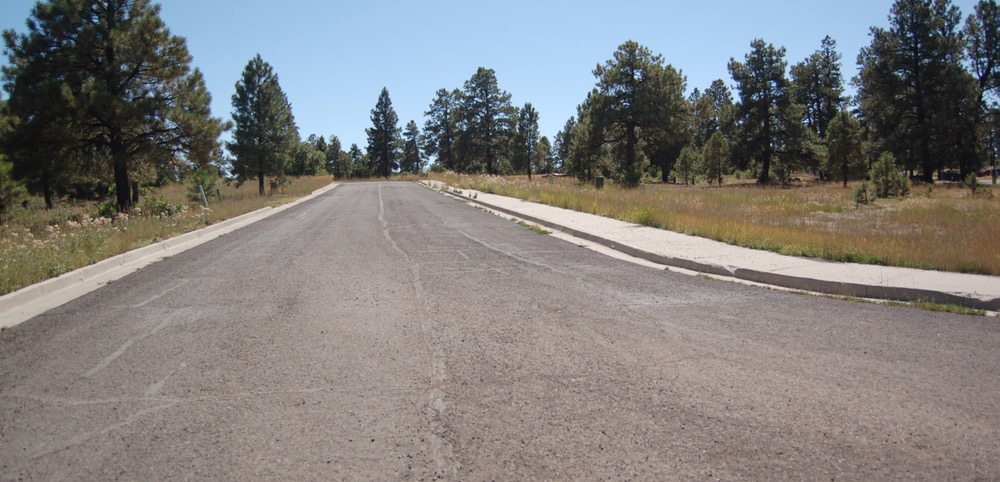I shot some photographs yesterday, to help document a couple of authentic aspects of our ‘refreshingly authentic’ town. They’re particular aspects that might have an authentic bearing on future decisions by our local government leaders, whether to create new tax subsidies via an ‘Urban Renewal Authority’.
Or, alternately, to take a pass on the idea, and allow our community to grow in the same the authentic way it’s been growing for the past several decades.
Yesterday, we looked at an 1883 map showing a public park, or perhaps convalescent hospital grounds, that might have surrounded the Great Pagosa Hot Spring if plans had gone as expected by someone with big ideas.
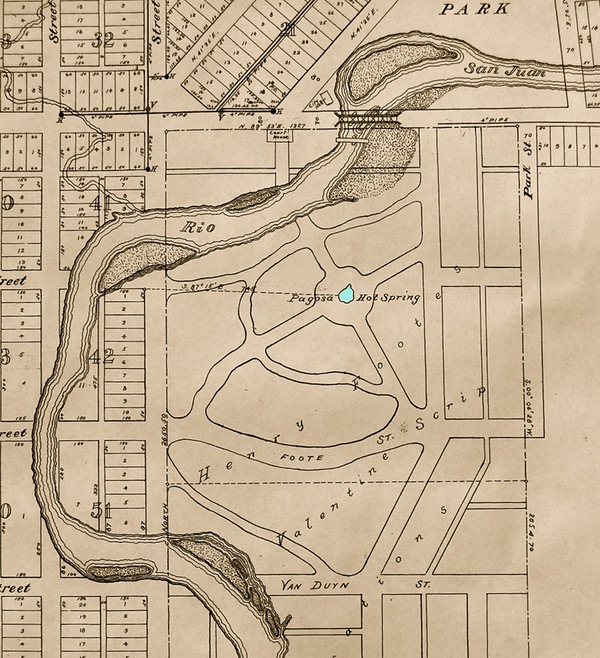
This park-like development never happened — nor have various and sundry other plans for the development of the travertine rock meadow, south of what is now the Springs Resort. As of 2019, the property — within easy walking distance of our historical downtown commercial and residential neighborhoods — is still a vacant meadow.
But that hasn’t stopped developers, and elected officials, from making big plans for Pagosa’s future.
On Wednesday evening, Springs Resort principal David Dronet briefly described the latest plan for the 27-acre parcel owned by developer Jack Searle, to an audience of community members — an audience that included representation from several tax-funded entities: the Town of Pagosa Springs, the Pagosa Fire Protection District, the Archuleta School District, the Upper San Juan Library District, the Pagosa Springs Medical Center, and the San Juan Water Conservancy District. (I noticed no representation from the Archuleta County government, nor from the Pagosa Area Water and Sanitation District.)
Mr. Dronet admitted, right from the beginning of his presentation, that the development of the vacant meadow “doesn’t pencil” unless our local government entities are willing to part with sales, property and lodging tax produced by the proposed development — for 25 years. Mr. Dronet noted that construction costs in Pagosa Springs are generally 25% higher than on the Front Range, and that building within a travertine rock meadow would present additional financial challenges.
Mr. Dronet’s overview of the new plans was rather conceptual, peppered with plenty of rough sketches and “if” statements. And that’s to be expected, I suppose, because the 73-page ‘economic impact’ study, produced by Mike Anderson of Colorado Springs-based Anderson Analytics on behalf of the Springs Resort, gives us no evidence (that I could find) that there’s actually a market demand for the impressive number of new business and residential structures suggested by Mr. Dronet’s plan.
You can download that analysis here.
When a developer is planning to create a new subdivision, there seems to be two basic approaches. One approach is to do a competent market study to make sure there’s truly an unfilled demand for the types of buildings planned for the subdivision, be they commercial, industrial, or residential, or some mixture of types — and that you will earn an authentic return on your investment.
Another approach is to simply promise the moon, and hope that a poorly-informed local government will enthusiastically underwrite your plan with tax subsidies.
Had anyone familiar with Pagosa Springs written the Springs Resort report — instead of Mr. Anderson — they might have mentioned, somewhere in the report, that no commercial or residential subdivision built since 1990 has been fully built out, 30 years later. The report might note that the subdivisions created since 2005 have had particularly bad luck filling their numerous vacant parcels. So our (cash-strapped?) rural governments and utility companies have miles of roads and water lines and sewer lines and electrical lines and gas lines that run past thousands of vacant lots, but still need to be maintained and tended to.
And I mean that literally: thousands of vacant lots. Blocks and blocks of existing streets and utilities, needing to be maintained, but currently serving no home or business.
For example, Harman Park. Vacant streets and utility lines, serving no one.

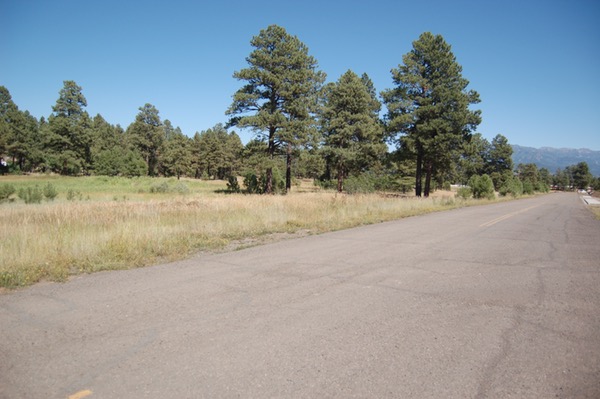
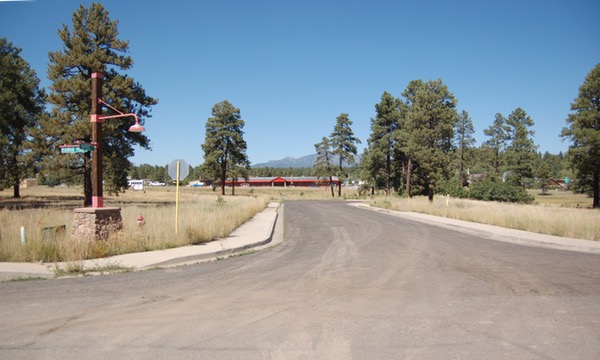
Another example: Aspen Village. Paved streets, bike paths, street lights, underground utilities. Only a scattering of buildings.
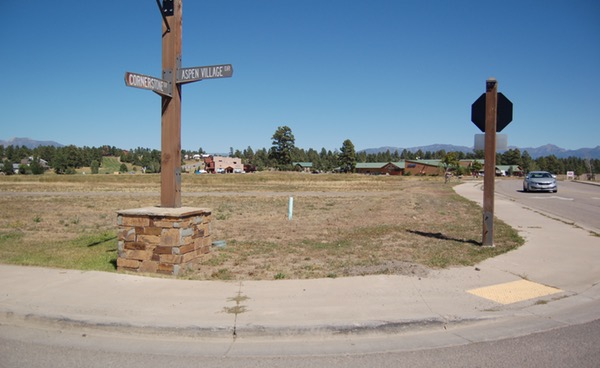
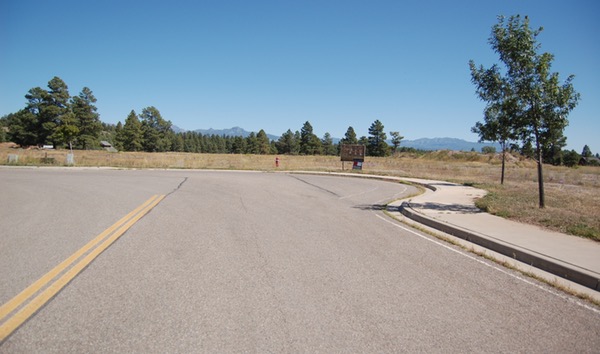

Even the popular City Market shopping center, dating back to the early 1990s, has never been fully built out.
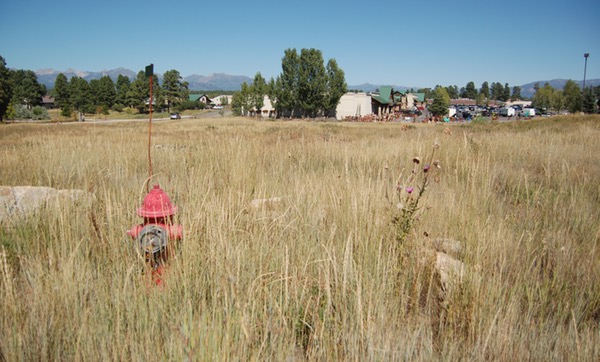
And our historical downtown is blighted with numerous vacant lots as well. If I may use the word “blighted.”

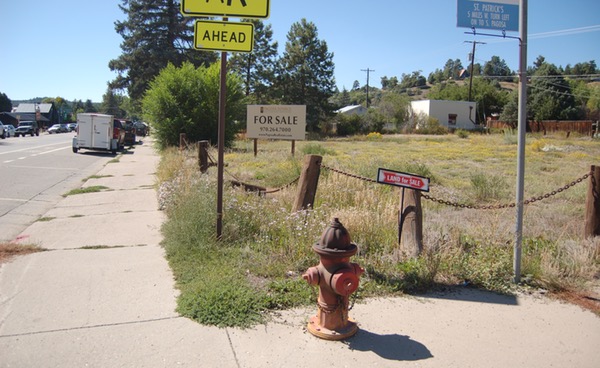

But Mr. Dronet and Mr. Searle apparently believe they have a magic formula that will allow them to build even more streets and infrastructure, in yet another subdivision, but which in this case will quickly fill with occupied hotels, stores, restaurants, and homes…
That magic formula, they tell us, requires a mere $79.7 million in taxpayer subsidies. Other than that, we learned nothing from Mr. Dronet on Wednesday night about how the magic would work.
The authentic facts are these. Much of the successful, and rather exciting, development that’s taken place in Pagosa Springs since 2005 has not been on vacant land at all. It’s been projects by young, energetic entrepreneurs buying up older, semi-functional buildings and remodeling them into ‘happening’ locations.
The popular Motel SOCO, for example, with its new lounge, playground, and live music events. Formerly the run-down Skyview Motel.
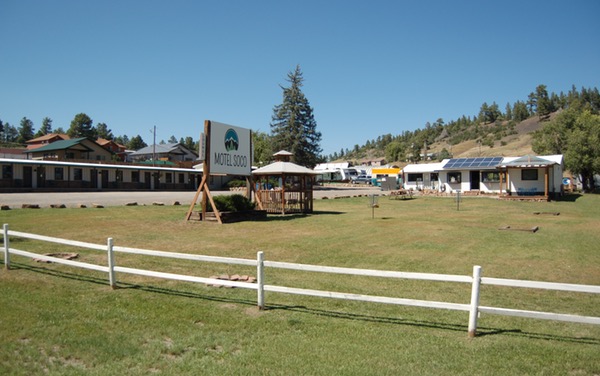
And the soon-to-open, remodeled Nightingale Motel, formerly the Pinewood Inn. (Their new bar, ‘The Neon Mallard’, opens tonight, Friday September 13, at 4pm.)
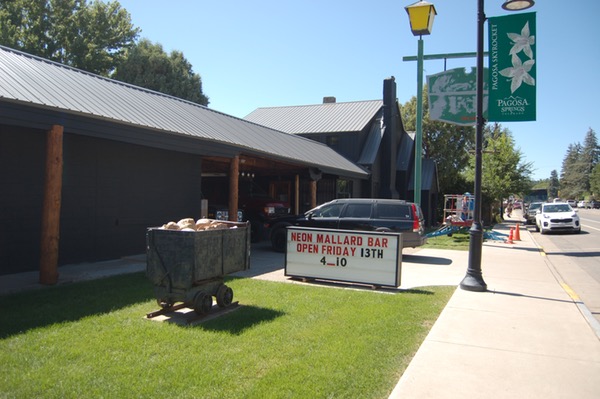
And we’ve seen a flurry of new restaurants, located in older, recycled buildings.
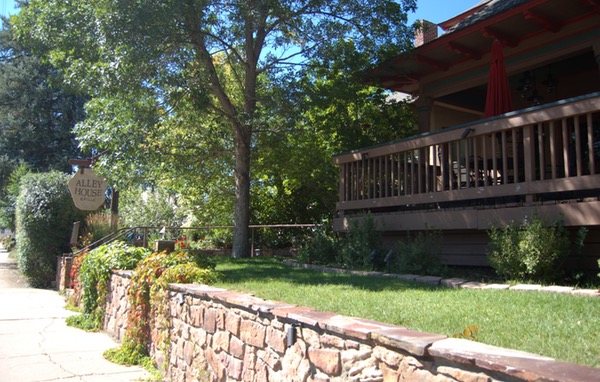
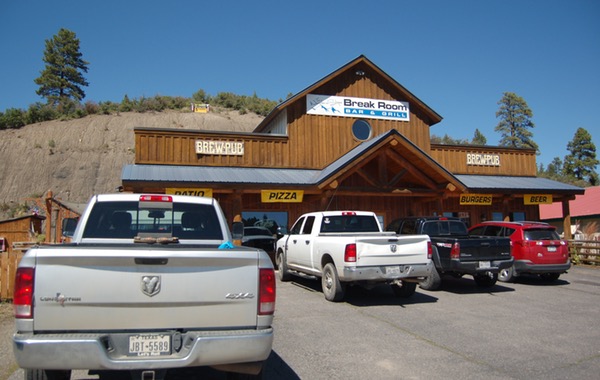

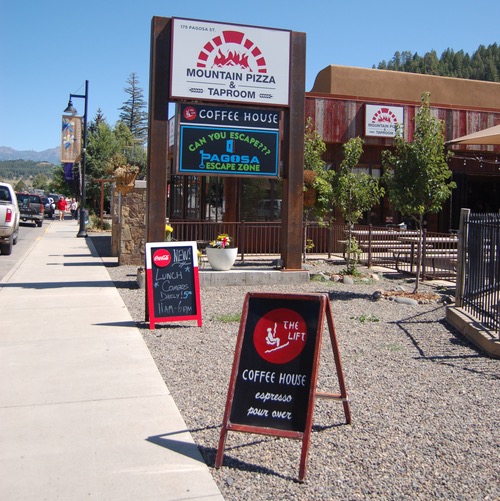
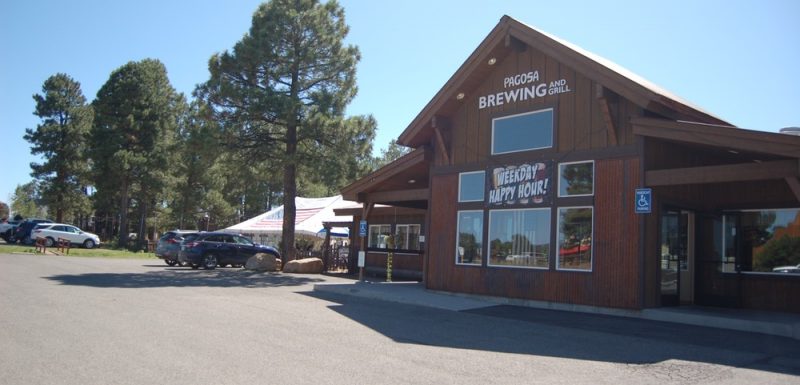
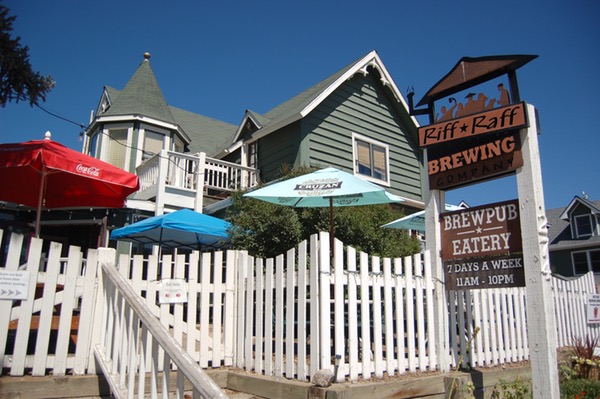

All of this entrepreneurial activity has taken place in our community since 2005, while the “new subdivisions” have been sitting mostly vacant, served by slowly deteriorating streets and infrastructure that serve relatively few homes or businesses.
And I haven’t even mentioned the dozens and dozens of other business types that have found a home, here in Pagosa, without needing millions of dollars in government subsidies. With no encouragement to speak of from our local governments, businesses have sprouted up all over the community, as the embodiment of a well-loved environmental motto:
Reduce. Reuse. Recycle.
Why is it… some of the wealthiest people in the community… seem most intent on extracting tax money from local government?

